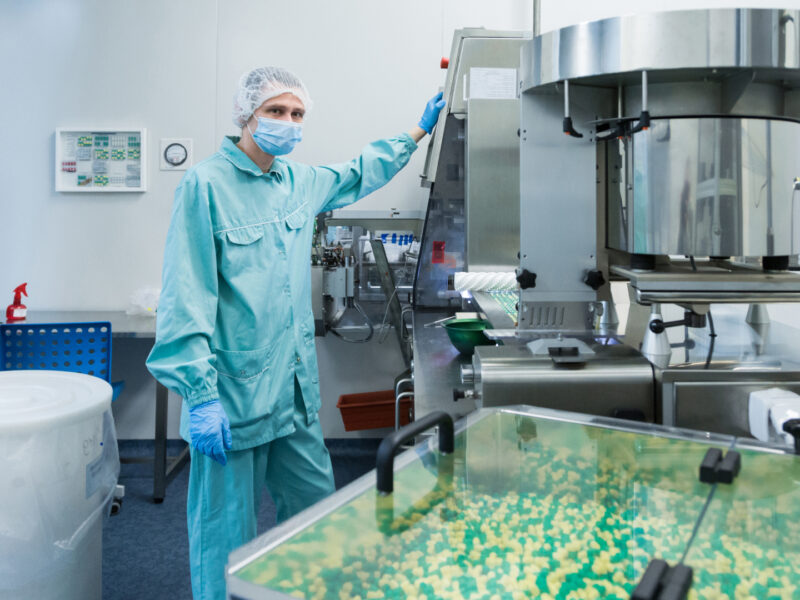An arbitration mechanism which is used to resolve disagreements and to address concerns such as safety or efficacy. This course will guide you throughout all the relevant legislation and referral types (referrals based on Article 20 and 5(3) of EC Regulation, and referrals based on Articles 30, 31, 107i of Directive). Besides that, you will delve into roles and responsibilities of various stakeholders, such as scientific committees and groups. Without successful implementation of a referral outcome, there is a high risk of facing obstacles with inspections. Therefore, to support you while managing a referral procedure, broadening understanding with regards this area is also covered in this comprehensive course.
The student after completing this course should be able to:
- Demonstrate knowledge about key regulations and guidance related to referrals and understanding on key terms, rules, methods and tools
- Present roles and responsibilities of various stakeholders involved in referrals management. Present “decision-making process” and describe organisation of work within the CHMP, PRAC and EMA secretariat
- Define under which circumstances a potential serious risk to public health can occur according to Directive 2001/83/EC (in terms of quality and safety)
- Characterize European Union referral based on Art. 20 and Art. 5(3) of EC Regulation 726/2004 and provide an example
- Characterize harmonized referral according to Art. 30 of Directive 2001/83/WE and demonstrate knowledge when this kind of procedure can be initiated, what are main characteristics of this procedure and provide an example
- Characterize safety referral (PRAC) according to Art. 31 and 107i Directive 2001/83/WE and demonstrate knowledge about main characteristics of the procedure and what are the assessment timelines for CHMP / PRAC/ CMDh and provide an example
- Summarize list of documents which are enclosed to PRAC recommendations and CMDh position
- Demonstrate basic theoretical knowledge and basic practical skills in terms of referrals
- Implement outcomes from referrals and classify variation accordingly ‚ update of product information as a result of referral procedure.
- Explain PSUSA procedure (PSUR Single Assessment Procedure)
- Explain PSUR worksharing procedure and its main characteristics, distinguish CSP documents (Core Safety Profile) and CCDS/CDS (Company Core Data Sheet/Core Data Sheet) to classify the variation to implement outcome to product













